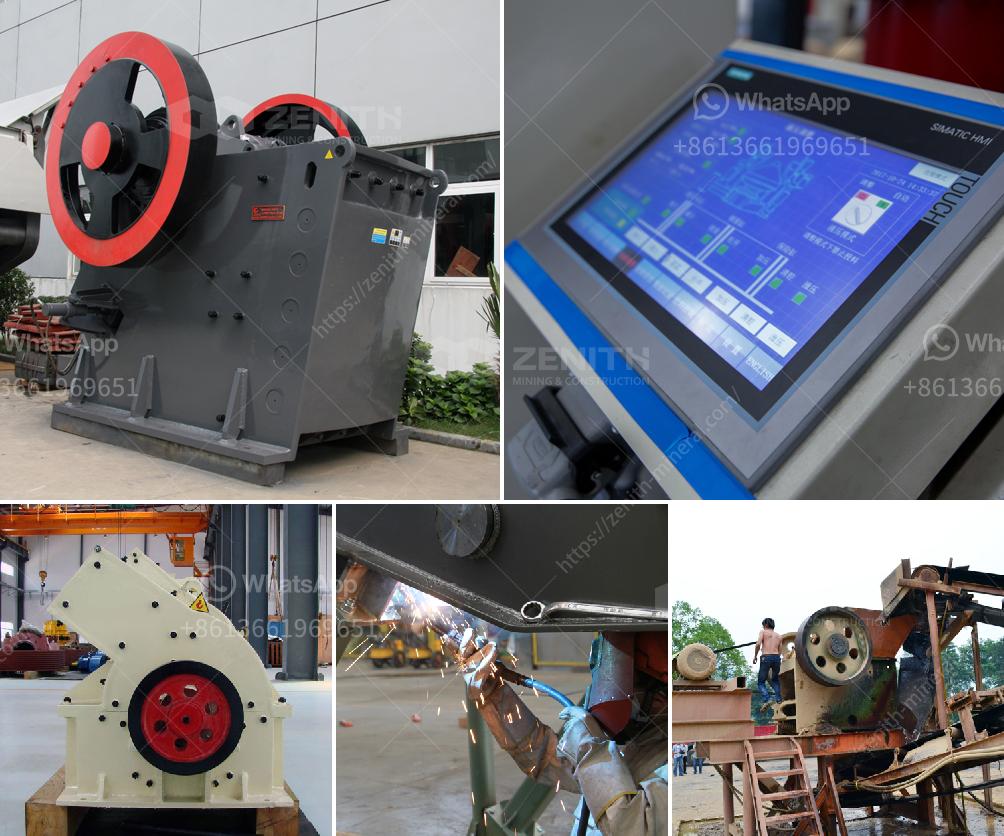A mobile crushing plant is a versatile machine designed for the reduction of large materials, like rocks and minerals, into smaller pieces. Here's a basic rundown of how it works:
Feeding: Raw material is fed into the plant’s hopper. This can be done manually or through an excavator or loader.
Primary Crushing: The material enters the primary crusher, often a jaw crusher or impact crusher, where it is initially broken down into smaller fragments.
Secondary Crushing (Optional): If finer material is needed, the output from the primary crusher may be conveyed to a secondary crusher (like cone crusher or impact crusher) for further size reduction.
Screening: The crushed material passes through a screening system that separates it into different size fractions. Vibrating screens or other types of screening mechanisms are used to sort the material.
Conveying and Sorting: Conveyors transport the material from one part of the plant to another, and sorted materials are often stored in piles or bins.
Final Product: The end product can be used for a variety of purposes, including construction aggregates, road base, or as a component in concrete.
Mobility: One of the advantages of mobile crushing plants is their portability. They are mounted on tracked or wheeled systems, allowing them to be easily transported to different locations as needed.
Mobile crushing plants are used in various industries, including mining, construction, recycling, and quarrying. Their adaptability to different locations and materials makes them invaluable in reducing transport and processing costs.

